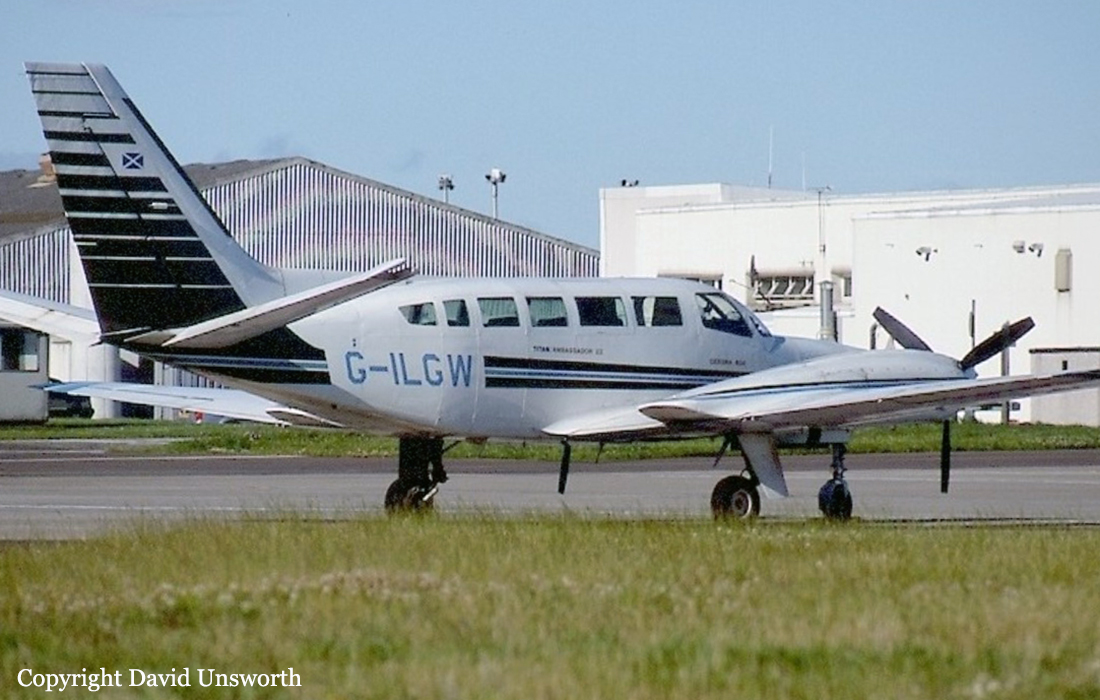Country
Crash of a Cessna 404 Titan near Nakatsugawa: 2 killed
Date & Time:
Nov 15, 2007 at 1036 LT
Registration:
JA5257
Survivors:
Yes
Schedule:
Nagoya - Nagoya
MSN:
404-0041
YOM:
1977
Crew on board:
2
Crew fatalities:
Pax on board:
1
Pax fatalities:
Other fatalities:
Total fatalities:
2
Captain / Total hours on type:
837.00
Aircraft flight hours:
5671
Circumstances:
The twin engine aircraft departed Nagoya Airport at 0846LT on an aerial photography mission over the Mt Ena and Gifu district. Several circuits were completed over the area of Mt Ena at various altitudes and in good weather conditions. Approaching Mt Ena at an altitude of about 2,000 metres, weather conditions worsened as the mountain was shrouded in clouds. While flying under VFR mode, the aircraft entered clouds, collided with a tree and crashed in a wooded area. The copilot (a mechanic) was seriously injured while both other occupants were killed. The aircraft was destroyed.
Probable cause:
Controlled flight into terrain after the pilot decided to continue under VFR mode in IMC conditions.
Final Report:
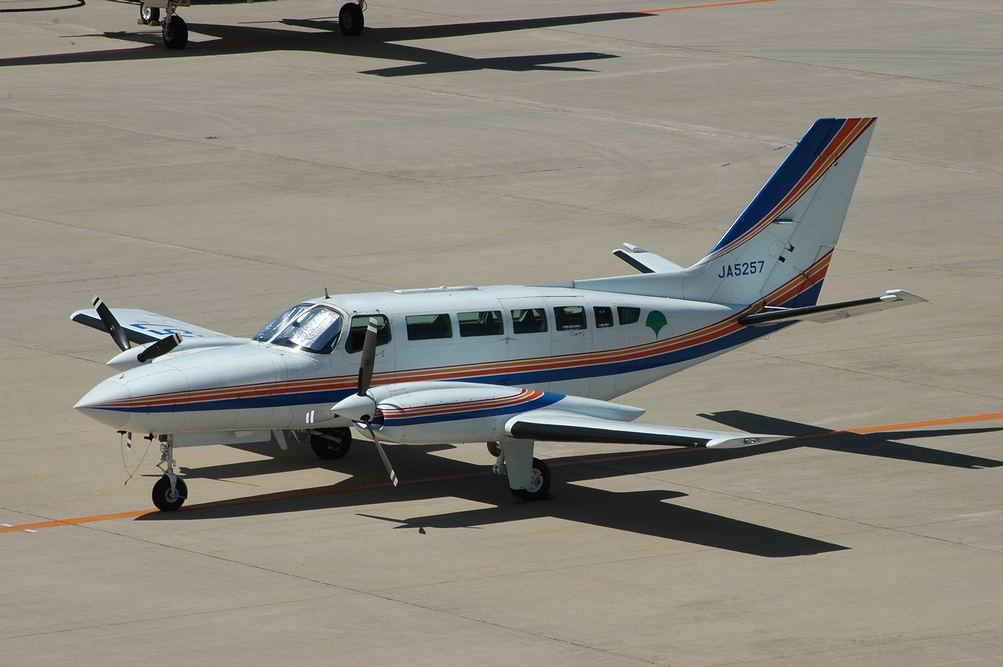

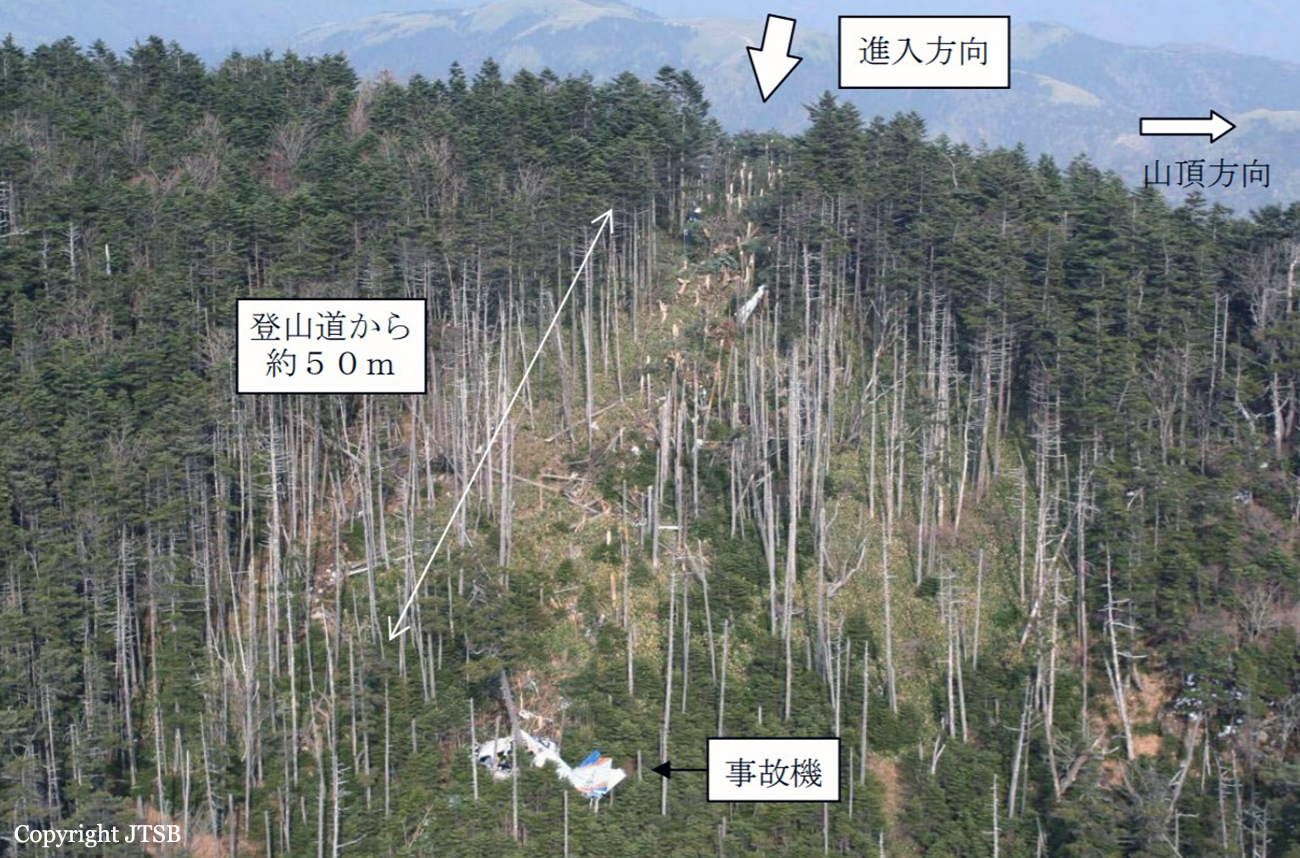
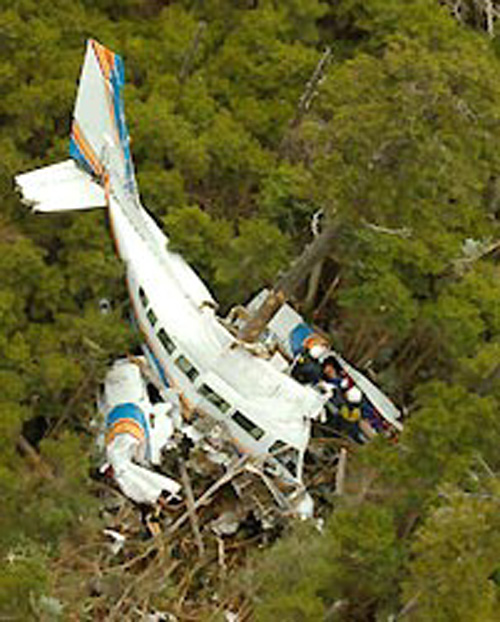
Crash of a Cessna 404 Titan II in Goroka
Date & Time:
May 19, 2007
Registration:
P2-ALK
Survivors:
Yes
MSN:
404-0222
YOM:
1978
Crew on board:
1
Crew fatalities:
Pax on board:
3
Pax fatalities:
Other fatalities:
Total fatalities:
0
Circumstances:
Following an uneventful flight, the pilot started the approach to Goroka Airport in poor weather conditions. After landing on runway 17R, the aircraft was unable to stop within the remaining distance. It overran and came to rest few dozen metres further. All four occupants escaped uninjured while the aircraft was damaged beyond repair.
Crash of a Cessna 404 Titan II in Nampula: 2 killed
Date & Time:
Apr 20, 2004
Registration:
ZS-NVD
Survivors:
No
MSN:
404-0667
YOM:
1980
Crew on board:
2
Crew fatalities:
Pax on board:
0
Pax fatalities:
Other fatalities:
Total fatalities:
2
Circumstances:
Shortly after takeoff from Nampula Airport, while in initial climb, the aircraft went out of control and crashed, killing both occupants. They were engaged in a geological mission on behalf of the Mozambican government in the north part of the country.
Crash of a Cessna 404 Titan II in Jandakot: 2 killed
Date & Time:
Aug 11, 2003 at 1537 LT
Registration:
VH-ANV
Survivors:
Yes
Schedule:
Jandakot - Jandakot
MSN:
404-0820
YOM:
1981
Crew on board:
1
Crew fatalities:
Pax on board:
5
Pax fatalities:
Other fatalities:
Total fatalities:
2
Captain / Total hours on type:
12345.00
Aircraft flight hours:
16819
Circumstances:
The aircraft took off from runway 24 right (24R) at Jandakot Airport, WA. One pilot and five passengers were on board the aircraft. The flight was being conducted in the aerial work category, under the instrument flight rules. Shortly after the aircraft became airborne, while still over the runway, the pilot recognized symptoms that he associated with a failure of the right engine and elected to continue the takeoff. The pilot retracted the landing gear, selected the wing flaps to the up position and feathered the propeller of the right engine. The pilot later reported that he was concerned about clearing a residential area and obstructions along the flight path ahead, including high-voltage powerlines crossing the aircraft’s flight path 2,400 m beyond the runway. The aircraft was approximately 450 m beyond the upwind threshold of runway 24R when the pilot initiated a series of left turns. Analysis of radar records indicated that during the turns, the airspeed of the aircraft reduced significantly below the airspeed required for optimum single-engine performance. The pilot transmitted to the aerodrome controller that he was returning for a landing and indicated an intention to land on runway 30. However, the airspeed decayed during the subsequent manoeuvring such that he was unable to safely complete the approach to that runway. The pilot was unable to maintain altitude and the aircraft descended into an area of scrub-type terrain, moderately populated with trees. During the impact sequence at about 1537, the outboard portion of the left wing collided with a tree trunk and was sheared off. A significant quantity of fuel was spilled from the wing’s fuel tank and ignited. An intense postimpact fire broke out in the vicinity of the wreckage and destroyed the aircraft. Four passengers and the pilot vacated the aircraft, but sustained serious burns in the process. One of those passengers died from those injuries 85 days after the accident. A fifth passenger did not survive the post-impact fire.
Probable cause:
Significant factors:
1. The material specification contained in the engineering order for replacing the pump bushing of the engine driven fuel pump (EDFP) fitted to the right engine was not appropriate.
2. High torsional loads between the EDFP’s spindle shaft and the sleeve bearing sheared the pump’s drive shaft during a critical phase of flight.
3. The reduction in fuel pressure was insufficient to sustain operation of the engine at the take-off power setting.
4. The loss of engine power occurred close to the decision speed with the landing gear extended while the aircraft was over the runway.
5. The pilot elected to continue the takeoff.
6. The aircraft was manoeuvred, including turns and banks, at low altitude resulting in a decrease in airspeed below that required to maximise one-engine inoperative performance.
7. The pilot was unable to maintain the aircraft’s altitude over terrain that was unsuitable for an emergency landing.
1. The material specification contained in the engineering order for replacing the pump bushing of the engine driven fuel pump (EDFP) fitted to the right engine was not appropriate.
2. High torsional loads between the EDFP’s spindle shaft and the sleeve bearing sheared the pump’s drive shaft during a critical phase of flight.
3. The reduction in fuel pressure was insufficient to sustain operation of the engine at the take-off power setting.
4. The loss of engine power occurred close to the decision speed with the landing gear extended while the aircraft was over the runway.
5. The pilot elected to continue the takeoff.
6. The aircraft was manoeuvred, including turns and banks, at low altitude resulting in a decrease in airspeed below that required to maximise one-engine inoperative performance.
7. The pilot was unable to maintain the aircraft’s altitude over terrain that was unsuitable for an emergency landing.
Final Report:


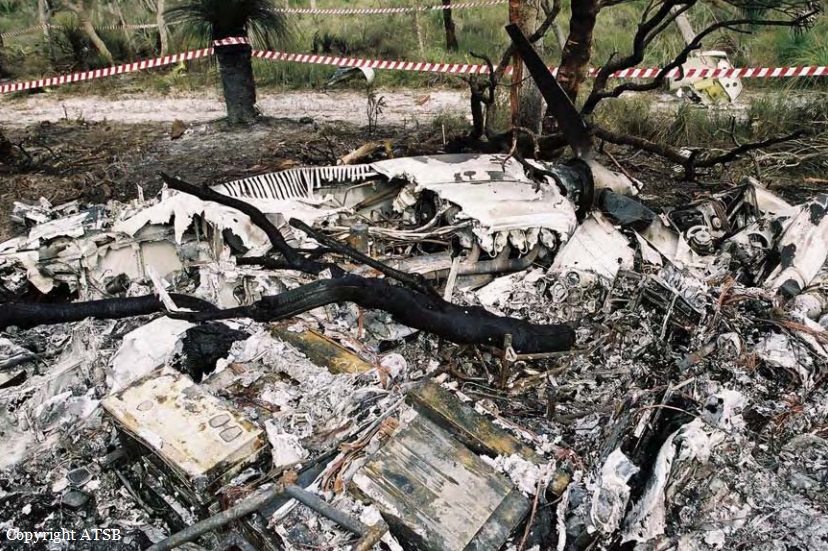
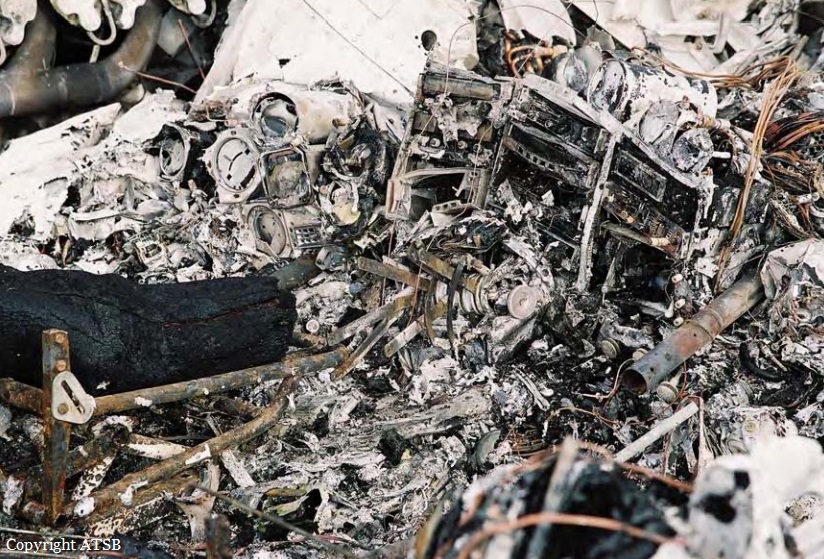
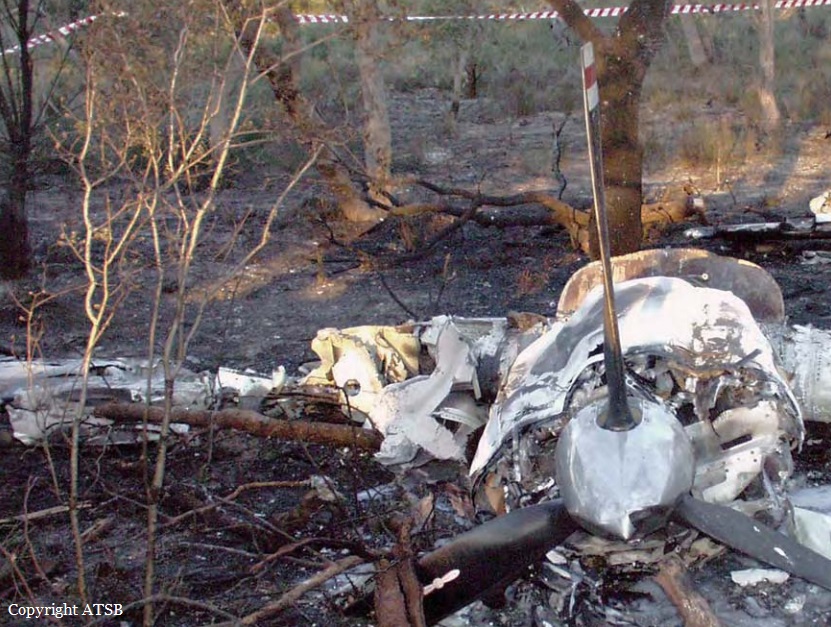
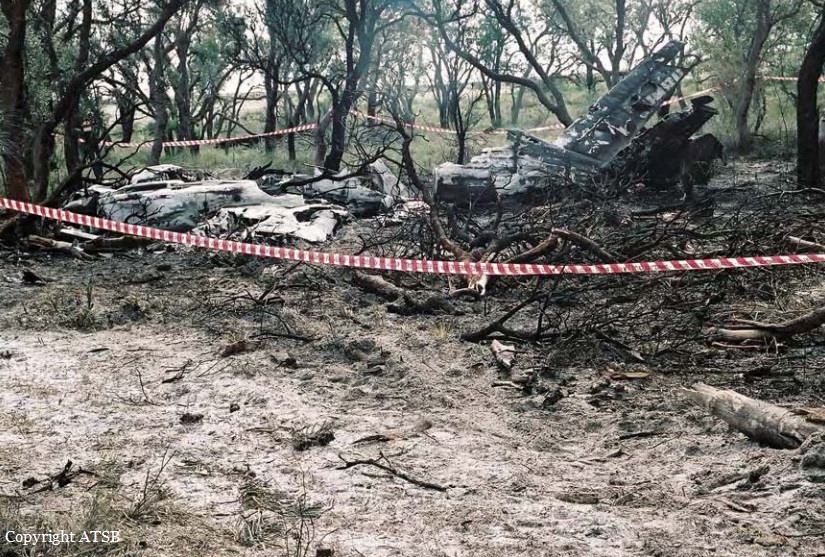
Crash of a Cessna 404 Titan II near Pena Pobre: 1 killed
Date & Time:
May 13, 2001 at 1933 LT
Registration:
N404BA
Survivors:
No
Schedule:
Christiansted – San Juan
MSN:
404-0237
YOM:
1978
Crew on board:
1
Crew fatalities:
Pax on board:
0
Pax fatalities:
Other fatalities:
Total fatalities:
1
Captain / Total hours on type:
103.00
Aircraft flight hours:
12000
Circumstances:
The flight was being handled as a VFR aircraft by air traffic control, was given a discreet transponder code, and was radar contact at an altitude of 4,500 feet. The pilot requested a VFR descent from 4,500 feet, and was cleared to "…descend unrestricted west bound." Radar and radio contact were lost at an altitude of 2,700 feet. The controller tried to re-establish radio contact with the airplane's pilot 10 times before initiating search and rescue efforts. A U.S. Coast Guard helicopter found the wreckage, using the aircraft's emergency locator transmitter. The next day a ground search for the aircraft was halted because of hazardous terrain. Search and rescue personnel had to be airlifted into the crash site to remove the victim. A police helicopter was vectored to the crash site by ATC about an 1 1/2 hours after contact was lost with the flight, and the pilot reported that he could not fly near the crash site because of fog. He reported the ceiling about 2,400 feet. The aircraft impacted in heavily wooded, mountainous terrain at the 2,700-foot level of a 3,524-foot mountain. Toxicology test showed that venlafaxine and desmethylvenlafaxine drugs were found in the pilot's blood, and the levels found were consistent with the recent ingestion of more than 10 times a normal dose of venlafaxine.
Probable cause:
Failure of the pilot-in-command to maintain altitude/clearance, resulting in an in-flight collision with rising terrain.
Final Report:
Crash of a Cessna 404 Titan II in Lansing
Date & Time:
Apr 15, 2000 at 0743 LT
Registration:
N26SA
Survivors:
Yes
Schedule:
Lansing - Caro
MSN:
404-0225
YOM:
1978
Crew on board:
1
Crew fatalities:
Pax on board:
0
Pax fatalities:
Other fatalities:
Total fatalities:
0
Aircraft flight hours:
17393
Circumstances:
The pilot was departing from Lansing, Michigan, when he reported engine problems. The aircraft subsequently lost power to both engines. Fuel receipts were found that indicate that the aircraft was serviced with 25 gallons of jet fuel in each wing tank. No preexisting anomalies were found with regard to the aircraft or its systems. An FAA inspector interviewed the person that had fueled the aircraft and that person stated he had used a JET-A fuel truck to fuel the accident aircraft. The inspector also interviewed the safety director of the company that provided the fueling service. The safety director told the inspector that the fuel truck used to fuel the accident aircraft was found to have a small nozzle installed on one of the hoses and not the wide nozzle used on jet fueling trucks. He also said that, '...the small nozzle was used for the purpose of fueling tugs at the airport and that the small nozzles were immediately removed from all jet refueling trucks so that this could not happen again.'
Probable cause:
A loss of engine power due to improper fuel. Also causal was the improper aircraft service by the fixed base operator personnel and the unsuitable terrain for the forced landing encountered by the pilot. Factors were the improper grade of fuel and the lack of suitable terrain for the landing.
Final Report:

Crash of a Cessna 404 Titan II in Guadalajara: 5 killed
Date & Time:
Jan 25, 2000 at 1225 LT
Registration:
XC-AA91
Survivors:
No
Schedule:
Guadalajara - Uruapan
MSN:
404-0451
YOM:
1979
Crew on board:
2
Crew fatalities:
Pax on board:
3
Pax fatalities:
Other fatalities:
Total fatalities:
5
Circumstances:
The twin engine aircraft departed Guadalajara-Miguel Hidalgo y Costilla Airport on a flight to Uruapan, carrying three engineers and two pilots. Shortly after takeoff from runway 28, while in initial climb, the aircraft lost height and crashed. All five occupants were killed.
Crash of a Cessna 404 Titan II in Glasgow: 8 killed
Date & Time:
Sep 3, 1999 at 1236 LT
Registration:
G-ILGW
Survivors:
Yes
Schedule:
Glasgow – Aberdeen
MSN:
404-0690
YOM:
1980
Flight number:
Saltire 3W
Crew on board:
2
Crew fatalities:
Pax on board:
9
Pax fatalities:
Other fatalities:
Total fatalities:
8
Captain / Total hours on type:
173.00
Copilot / Total hours on type:
93
Aircraft flight hours:
6532
Circumstances:
The aircraft had been chartered to transport an airline crew of nine persons from Glasgow to Aberdeen. The aircraft was crewed by two pilots and, so far as could be determined, its take-off weight was between 8,320 and 8,600 lb. The maximum permitted take-off weight was 8,400 lb. ATC clearance for an IFR departure was obtained before the aircraft taxied from the business aviation apron for take-off from runway 23, with a take-off run available of 2,658 metres. According to survivors, the take-off proceeded normally until shortly after the aircraft became airborne when they heard a thud or bang. The aircraft was then seen by external witnesses at low height, to the left of the extended runway centerline, in a wings level attitude that later developed into a right bank and a gentle descent. Witnesses reported hearing an engine spluttering and saw at least one propeller rotating slowly. There was a brief 'emergency' radio transmission from the commander and the aircraft was seen entering a steep right turn. It then entered a dive. A witness saw the wings levelled just before the aircraft struck the ground on a northerly track. Three survivors were helped from the wreckage by a nearby farm worker before flames from a severe post-impact fire engulfed the cabin.
Probable cause:
The following causal factors were identified:
- The left engine suffered a catastrophic failure of its accessory gear train leading to a progressive but complete loss of power from that engine,
- The propeller of the failed engine was not feathered and therefore the aircraft was incapable of climbing on the power of one engine alone,
- The commander feathered the propeller of the right-hand engine, which was mechanically capable of producing power resulting in a total loss of thrust,
- The commander attempted to return to the departure airfield but lost control of the aircraft during a turn to the right.
- The left engine suffered a catastrophic failure of its accessory gear train leading to a progressive but complete loss of power from that engine,
- The propeller of the failed engine was not feathered and therefore the aircraft was incapable of climbing on the power of one engine alone,
- The commander feathered the propeller of the right-hand engine, which was mechanically capable of producing power resulting in a total loss of thrust,
- The commander attempted to return to the departure airfield but lost control of the aircraft during a turn to the right.
Final Report:
